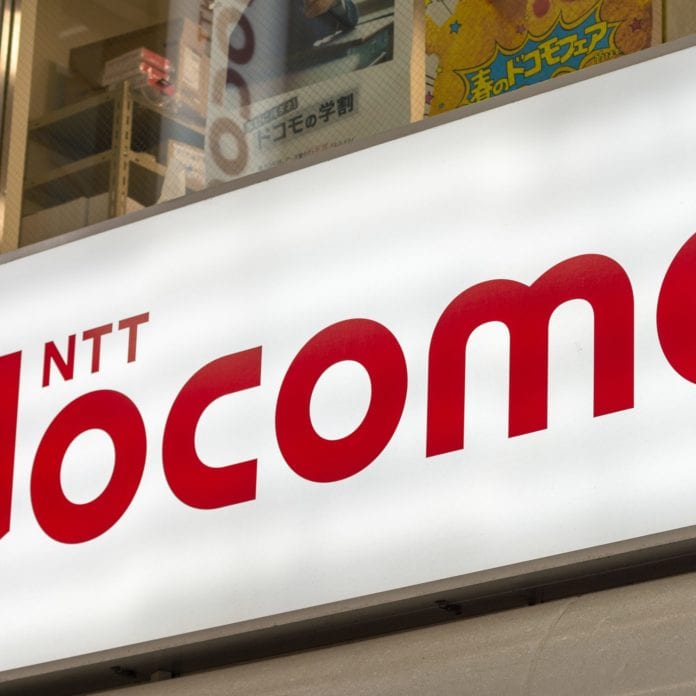NTT DoCoMo’s demo used 5G equipment provided by Ericsson and Intel
Japanese telecom operator NTT DoCoMo collaborated with Metawave to demonstrate a 5G mobile communication system using 28 GHz, in what it claims is the world’s first demo of meta-structure reflect-array technology.
NTT DoCoMo described meta-structures as an artificial medium with optical characteristics developed by arranging structures that are sufficiently small with respect to wavelength, in the form of an array. The meta-structures reflector developed by Metawave uses very small structures, compared to the free-space wavelength, that are arranged across the array to have different shapes based on their position within the array.
The demonstration took place in Tokyo on November 29. During the demo, 5G data communication using the 28 GHz band was measured between an Ericsson 5G base station located in on the rooftop of the Tokyo International Exchange Center, and an experimental vehicle with an Intel 5G mobile station. The communication speed achieved was 560 Mbps with Metawave’s meta-structures reflect-array in place, compared to 60 Mbps with no reflector, the two companies said.
Mewawave said it is possible to arbitrarily design the direction of the reflected wave gain and the shape of the beam (beam-width) — so its solution can be installed on walls of buildings to directly reflect waves in specific directions. As a result, the installation location in any given city is not limited, enabling the area to be expanded in high traffic areas, the company added.
“In this demonstration, a meta-structure-based reflect-array was installed at the 5G trial site and was tested for covering a 5G area at the foot of a building, where a 5G base station radio was installed and a vehicle equipped with a 5G mobile station was used. As a result, the communication quality was greatly improved in the area where 5G data communication was previously impossible with range extension of about 35 meters,” the companies said in a statement.
“By using the meta-structures reflector, the communication speed improved by 500 Mbps for the vehicle equipped with the 5G mobile station. DoCoMo will continue to research and develop area building technologies using meta-structures in an effort to establish an efficient and flexible area construction method for the 5G area.”
In related news, NTT DoCoMo confirmed it will begin operating a 5G Open Lab in Guam next year.
The facility, Docomo’s first overseas verification center, will be available for use by the more than 1,900 partners participating in the Docomo 5G Open Partner Program. At the new facility, partners will be able to conduct testing of new services designed for U.S.-market technical and regulatory conditions.
The Japanese carrier already operates 5G open labs in Tokyo and Osaka and will launch a third domestic lab in Okinawa this month.

